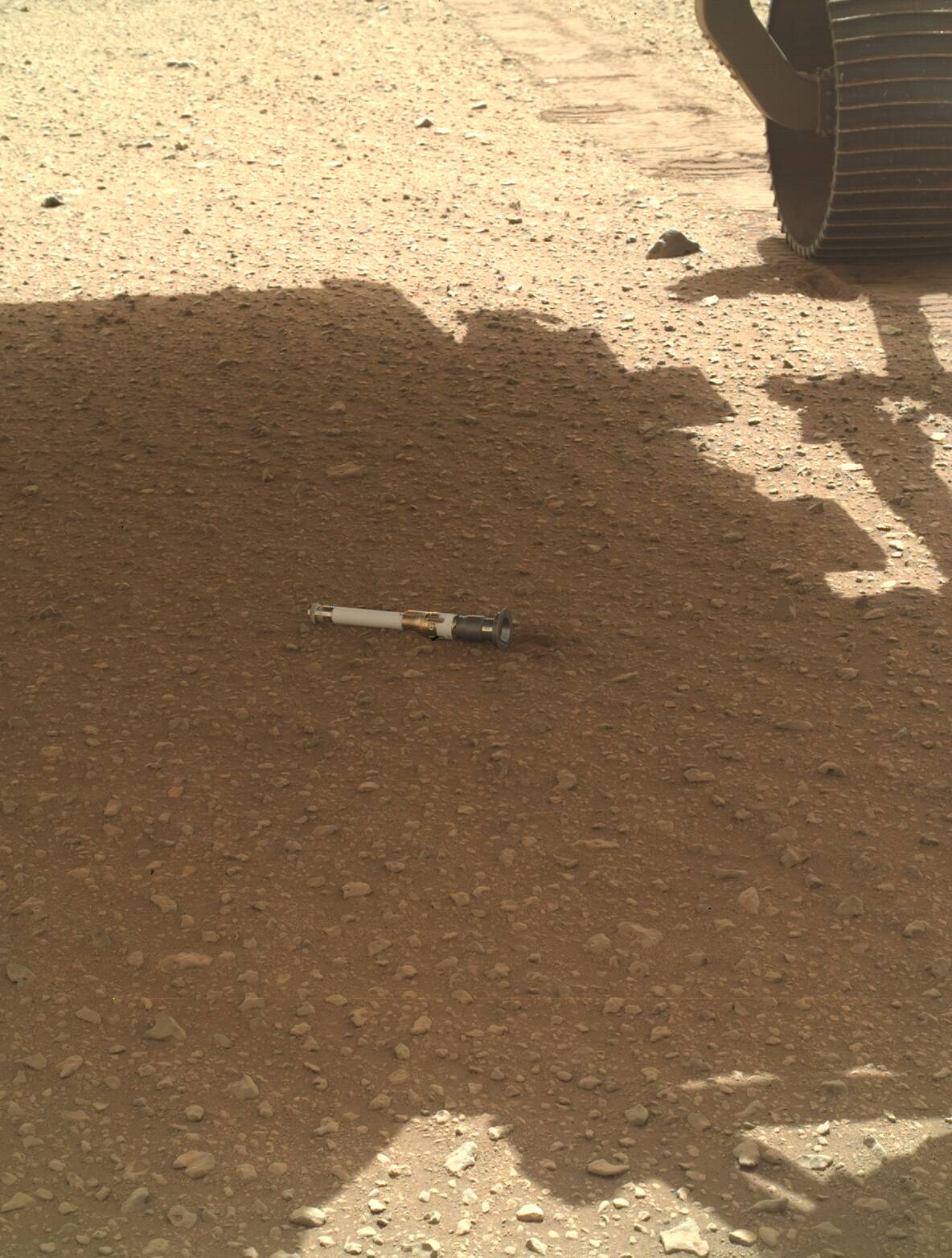NASA's Mars Sample Return Program Struggles To Get Off The Drawing Board

NASA's Office of Inspector General, the agency's auditor, has found that the Mars Sample Return Program is struggling to get off the drawing board, never mind the launchpad.
The program (MSR) requires three craft:
- An Earth Return Orbiter (ERO) that will fly to Mars, and eventually back to Earth;
- A Sample Retrieval Lander (SRL) that will land on Mars and collect samples prepared by the Perseverance Rover – no small chore as they're not in a neat pile – before transferring them to a …
- … Mars Ascent Vehicle that will take the samples to the ERO, before it returns to Earth.
None of the three are anywhere near being built, because designs aren't close to being finalized.
And as the OIG found in an audit [PDF] of the program issued late last week, MSR "is facing significant obstacles completing its Formulation Phase – establishing a stable design with realistic cost and schedule estimates – in a timely and effective manner."
The Formulation Phase is running at least seven months late, mostly due to known process problems that NASA has experienced on other flagship missions.
Those issues and other problems have seen mission budgets blow out from initial estimates of $2.5 billion to $7.4 billion. The OIG thinks that "raises questions about the affordability of the program."
One aspect of the MSR that was hoped to make it easier is collaboration between NASA and the European Space Agency (ESA) – but that's not going well.
The OIG found the two agencies "are experiencing issues related to schedule transparency, asynchronous design progress, and mass allocation, which appear to stem from differing operational approaches, acquisition strategies, and agency funding mechanisms."
The issues outlined above will come into harsh relief this month, as NASA is on the cusp of a Key Decision Point (KDP-C) – a review at which it will consider whether to proceed from formulation to development of the MSR.
The OIG isn't sure NASA should take that step, because it's not certain the aerospace agency will reach KDP-C with an accurate budget.
Even if NASA can come up with a good estimate, the OIG fears MSR's budget could be so large that it impacts other NASA missions.
- 72 flights later and a rotor blade short, Mars chopper loses its fight with physics
- WATSON picks up slack on Mars for SHERLOC as Perseverance gadgets show age
- Save the Mars Sample Return mission, plead Congresscritters
- Swarms of laser-flown bots visiting a planet light years away – and more NASA-funded projects revealed
The auditor therefore recommends that "To maximize the potential for MSR's success while also minimizing the risk of negative impacts outside of the MSR program, it is vital that NASA review the program as a comprehensive plan including a variety of mission scenarios and incorporate stakeholder interests."
Elsewhere in the review, the OIG spells that out as a suggestion to develop "a set of potential launch scenarios by KDP-C, including life-cycle cost and schedule estimates and an associated Joint Cost and Schedule Confidence Level for each," so that NASA management can consider options other than the current MSR plan.
"Only with a stable design and reliable cost and schedule estimates can NASA evaluate MSR and commit to a realistic path forward for this program with a full understanding of the potential requirements and consequences of its decision at KDP-C," the audit concludes.
NASA management largely concurred with the OIG's recommendations. With KDP-C scheduled for March 2024, it may therefore not be long before NASA's plans to retrieve rocks from Mars change … or are even scrubbed.
The latter would not stop Perseverance collecting samples. The rover has already collected 23 of 38 samples – and while they are scattered across a small patch of the Martian surface, they likely won't go anywhere in a hurry. ®
From Chip War To Cloud War: The Next Frontier In Global Tech Competition
The global chip war, characterized by intense competition among nations and corporations for supremacy in semiconductor ... Read more
The High Stakes Of Tech Regulation: Security Risks And Market Dynamics
The influence of tech giants in the global economy continues to grow, raising crucial questions about how to balance sec... Read more
The Tyranny Of Instagram Interiors: Why It's Time To Break Free From Algorithm-Driven Aesthetics
Instagram has become a dominant force in shaping interior design trends, offering a seemingly endless stream of inspirat... Read more
The Data Crunch In AI: Strategies For Sustainability
Exploring solutions to the imminent exhaustion of internet data for AI training.As the artificial intelligence (AI) indu... Read more
Google Abandons Four-Year Effort To Remove Cookies From Chrome Browser
After four years of dedicated effort, Google has decided to abandon its plan to remove third-party cookies from its Chro... Read more
LinkedIn Embraces AI And Gamification To Drive User Engagement And Revenue
In an effort to tackle slowing revenue growth and enhance user engagement, LinkedIn is turning to artificial intelligenc... Read more

